
Larry the Cat Trips Up Polish President’s Photographer
Larry the Cat, Chief Mouser to the Cabinet Office at the British Prime Minister's office, tripped up a photographer as he attempted to exit Number 10 Downing Street on Tuesday.

Larry the Cat, Chief Mouser to the Cabinet Office at the British Prime Minister's office, tripped up a photographer as he attempted to exit Number 10 Downing Street on Tuesday.

This week on The PetaPixel Podcast, Chris Niccolls, Jordan Drake, and Jaron Schneider are joined by Sarah Teng to talk about the Instax Mini Evo Cinema. And, in a weird bizzaro world twist, it's Chris who has to convince Sarah that it's great. She's not sold, but Chris absolutely loves this weirdo video/printer/instant camera hybrid.
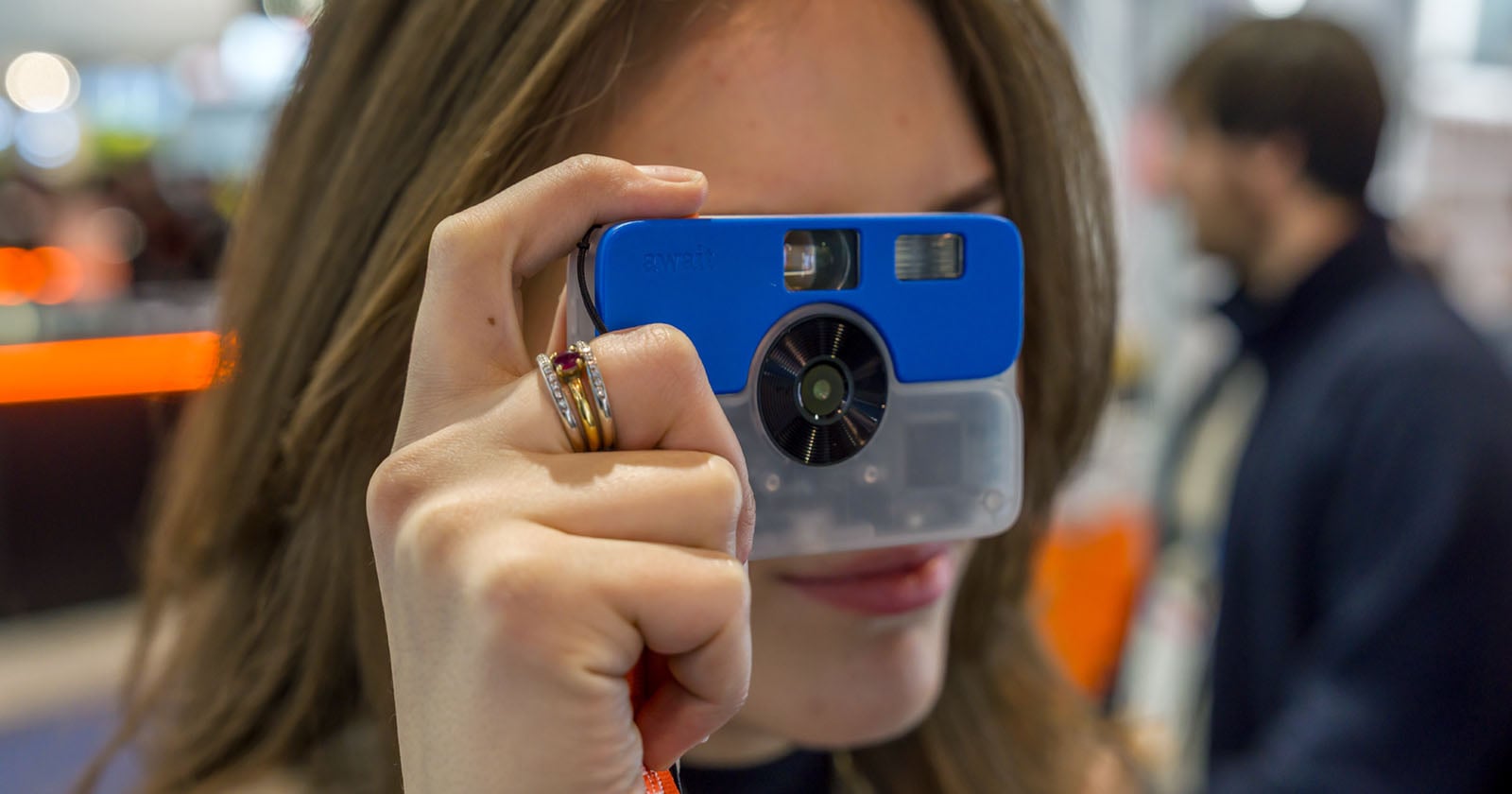
For a company that’s made its name in high-end cables, chargers, and Bluetooth trackers, Rolling Square isn’t known for making cameras. First teased at IFA 2025 in Berlin, the Swiss brand unveiled its Await Camera at CES 2026 in Las Vegas and is set to bring it to market within the next few months. It is a throwback to disposable film cameras and relies heavily on prints.

Evoto has had a tough week. While the AI photo editing software company was on hand at Imaging USA …

In trademark Thypoch style, the company's new Ksana 21mm f/3.5 M-Mount lens promises to channel a vintage spirit and deliver photos rich with character and warmth. The new lens promises the classic imaging of beloved 1970s-era lenses.

A sports photographer has been accused of scamming people out of their money and photographs across the U.S., prompting a growing law enforcement investigation.

Why buy a dedicated monochromatic camera when a regular camera can take black and white photos? It's more expensive, far less versatile, and made for a very small market of users. That's the question I hear a lot, and I get it. But I would argue that photography isn't always about the most efficient tool, or the easiest path to a final result.

Ricoh has finally announced pricing for the GR IV Monochrome -- a camera it officially revealed last October -- and it's steep: $2,199.95. That's $700 more than the base model, which represents a 46% price increase.

In a landmark moment for wildlife monitoring, trail cameras in Northeast China have captured never-before-seen footage of a wild Siberian tigress with five cubs -- the first time such a large tiger family has ever been recorded on camera in the country.

You may be forgiven for not knowing the name Dreame, a company that is best-known for its robot vacuums and lawn mowers, but the Chinese firm has just entered the photography industry in the form of the Leaptic Cube action camera.

One of the late landscape and nature photographer John Fielder's most famous photos captured in Colorado will be featured on the upcoming Colorado Statehood Stamp, released by the U.S. Postal Service to commemorate the 150th anniversary of Colorado becoming a state. It is a fitting honor for Fielder's legacy, who Colorado's governor calls, "Colorado's Photographer."

The U.S. Commerce Department says it has withdrawn a proposed rule that would have imposed new restrictions on Chinese-made drones over national security concerns.

As small-town newspapers fade, photojournalist Richard Sitler has an idea to fill the void in his midwestern hometown.

An exhibition that examines some of Ansel Adams' lesser-known work taken in 1940s Los Angeles in the lead-up to World War II opens in Santa Barbara tomorrow.

Software company Cyme released Peakto 2.6 today, the latest version of its AI-powered photo and visual media management tool for macOS.

Yesterday, Apple revealed its new Creator Studio which bundles several of its apps together into one ecosystem that is akin to Adobe's Creative Cloud. Some of those bundled apps were part of previous subscriptions, though, and Apple says those subscribers can keep those plans if they want to.

A court has sided with Pinterest in a case brought by a photographer over his copyrighted photos being shown in email and push notifications outside of its platform.

British, Southeast Asian, and other regulators are moving against X and its owner Elon Musk over Grok, the platform’s AI chatbot, after it generated and publicly posted large volumes of sexualized images of real people, including women and children, without consent.

Fujifilm North America Corporation has announced the instax mini Link+, a new smartphone printer that sports a sleeker, more buttoned-up design and works alongside an updated mobile app.

In National Geographics new series, "Pole to Pole With Will Smith," viewers follow Smith and world-renowned experts on an adventure across the globe, starting at the South Pole and concluding in the season finale at the North Pole with stops in the Amazon, the Pacific, Himalayas, and Kalahari Desert along the way. PetaPixel chatted with Tom Williams, executive producer of "Pole to Pole," about the series and how it was filmed.

In celebration of Apple's 50th anniversary, Spigen announced a new special edition Classic LS phone case for the iPhone 17 Pro series. Inspired by the Macintosh 128K and Apple Lisa, the Classic LS is a blast from the past.

DxO Labs has released 326 new modules for its photo editing applications, including support for the latest gear from Canon, Nikon, Sony, Fujifilm, Hasselblad, Leica, and more. The additions bring the total number of camera and lens combinations supported in DxO's software to over 110,000.

An iconic 1882 photograph of Oscar Wilde, taken by renowned New York photographer Napoleon Sarony, is set to be sold at auction next month.

NASA's James Webb Space Telescope used its sophisticated aperture mechanism to capture unprecedented images of the heart of the Circinus Galaxy, providing astronomers with data unlike anything previously obtained and completely upending the understanding of super-bright infrared regions surrounding supermassive black holes.

A photographer and the news outlet that sent her to cover a protest are suing the Canadian police over her arrest in a case that could redefine who counts as a journalist in an era where "anyone with a cellphone" can be considered media.

A skier filmed the terrifying moment she and her dog were swept up in a sudden avalanche in the Pyrenees Mountains of Andorra.
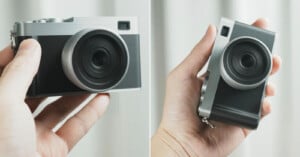
A Chinese design account, PerceBound, shared a clever 3D-printed Fujifilm camera-themed battery and memory card case. It's a silly, but great idea.

Insta360 has announced the Link 2 Pro and Link 2C Pro, two "next generation" AI-enabled 4K webcams that promise to deliver studio-level image quality, clear directional audio, and intelligent controls in a compact, desktop-ready design.

Israeli officials have admitted that the wife of Prime Minister Benjamin Netanyahu, Sara Netanyahu, heavily retouches her photos and has even credited herself as the photographer on official state photos.
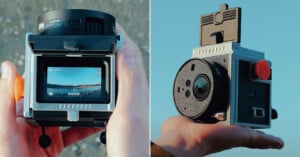
The DJI Osmo Nano is a clever, compact modern action camera with cutting-edge features. But what if it looked and acted less like a modern action camera and more like a classic waist level-viewfinder Hasselblad camera? For some reason, there's a 3D-printed shooting kit that answers that very question.

Dell has introduced the world’s first 52-inch curved 6K ultrawide monitor. Designed to rethink multi-window workspaces, it aims to replace complex multi-monitor setups with a single continuous display. The result is a screen built for dense, multi-system workflows rather than simple scale.
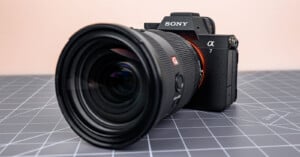
There is now even more proof that the Sony a7 V, despite polarized reception, is selling very well.

Last week, reports out of Japan indicated that the OM-D E-M10 Mark IV -- the last of the major camera lines that still bears the Olympus name instead of OM System -- was discontinued. That led some to lament the loss of Taylor Swift's favorite camera.
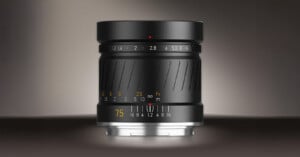
SG-image is a relatively new Chinese lens company making a wide range of lenses, including autofocus and manual lenses for photography and video across many different camera systems and lens mounts. The company's latest, a 75mm f/1.2 prime, is designed for Fujifilm GFX and Hasselblad XCD-series medium-format cameras.
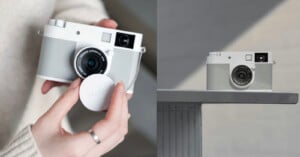
Last week, it was reported that an all-white version of the Fujifilm X half would be available "overseas" -- a rather ambiguous description. Very little information is available about this camera, but PetaPixel has confirmed that it is a China-exclusive launch.

Japanese retail analyst BCN+R has shared the top 10 best-selling interchangeable-lens mirrorless cameras of 2025, and Canon and Sony traded spots in the top five.

Nintendo has been forced to deny that it used AI to create a series of marketing photos after speculation grew that the company didn't use a real photographer and models.

An aerial photographer proved that his copyright was infringed after a clothing retailer used his image of the Manhattan skyline on its website without permission.

Safely back on terra firma, NASA astronaut Don Pettit has been reviewing the hundreds of thousands (if not millions) of photographs he took during his most recent mission to space, Expedition 71/72.

Official White House photographer Daniel Torok's portrait of Donald Trump with his fists on the Oval Office's Resolute Desk is now hanging in the National Portrait Gallery along with an altered caption below.